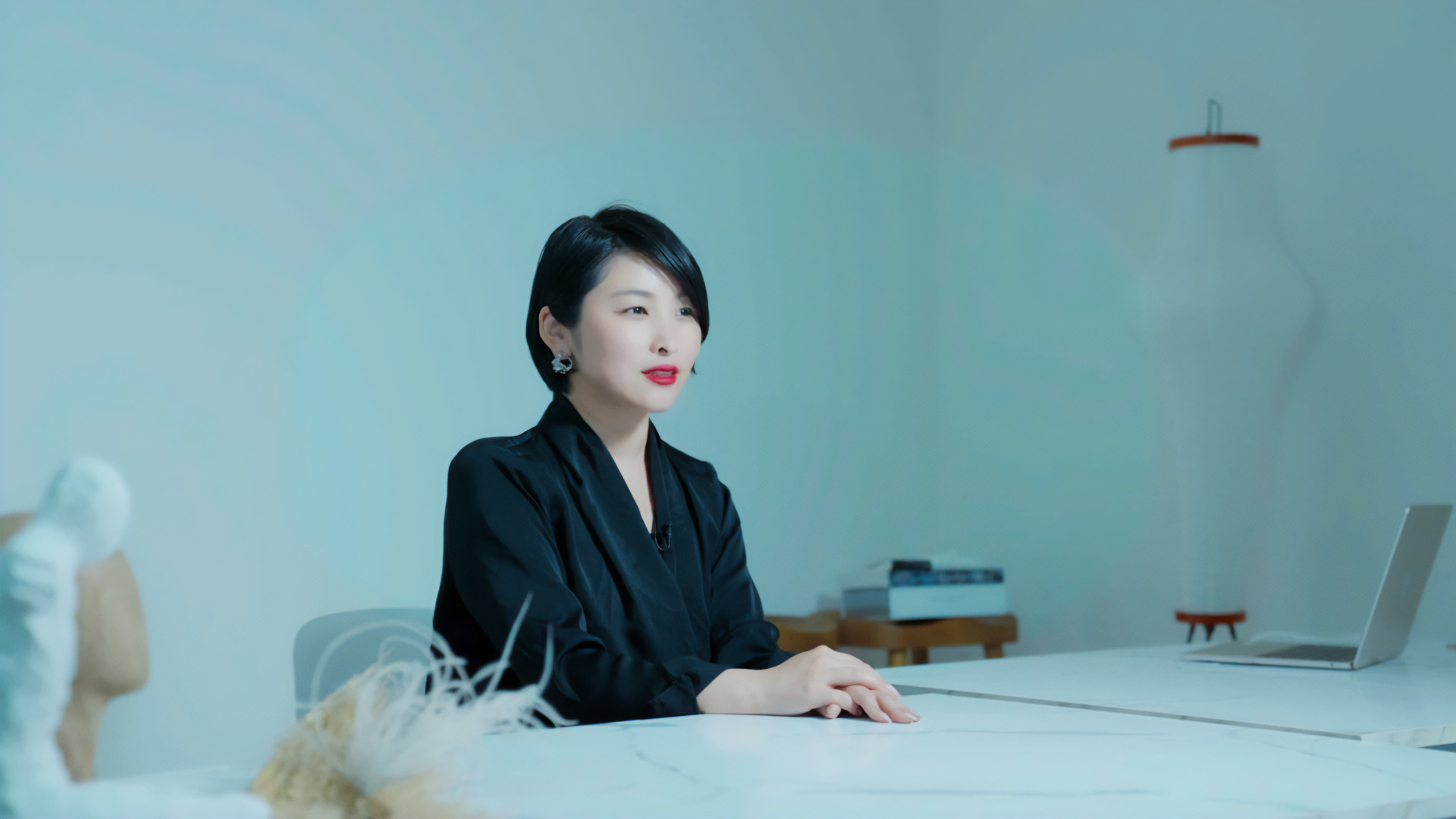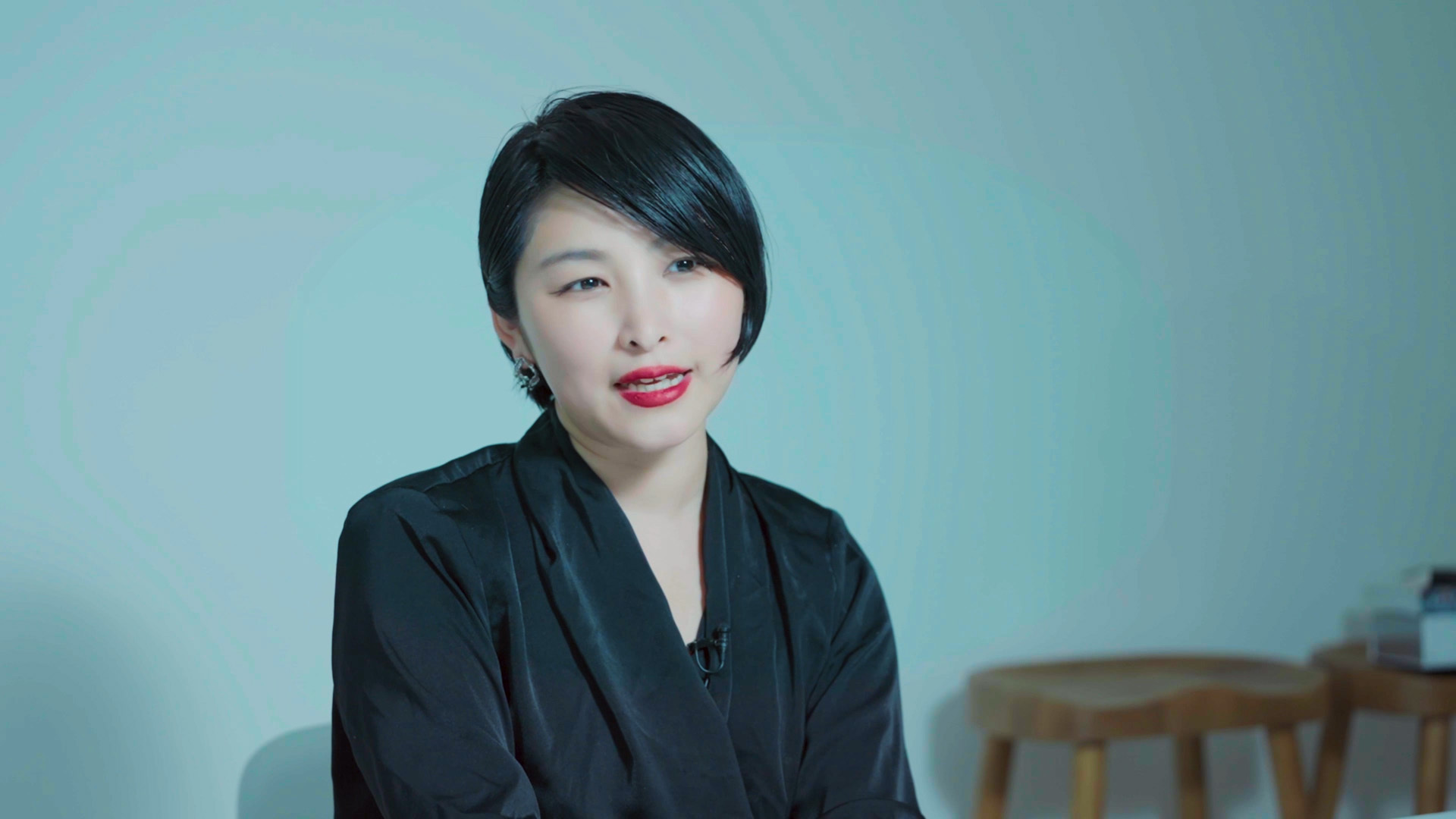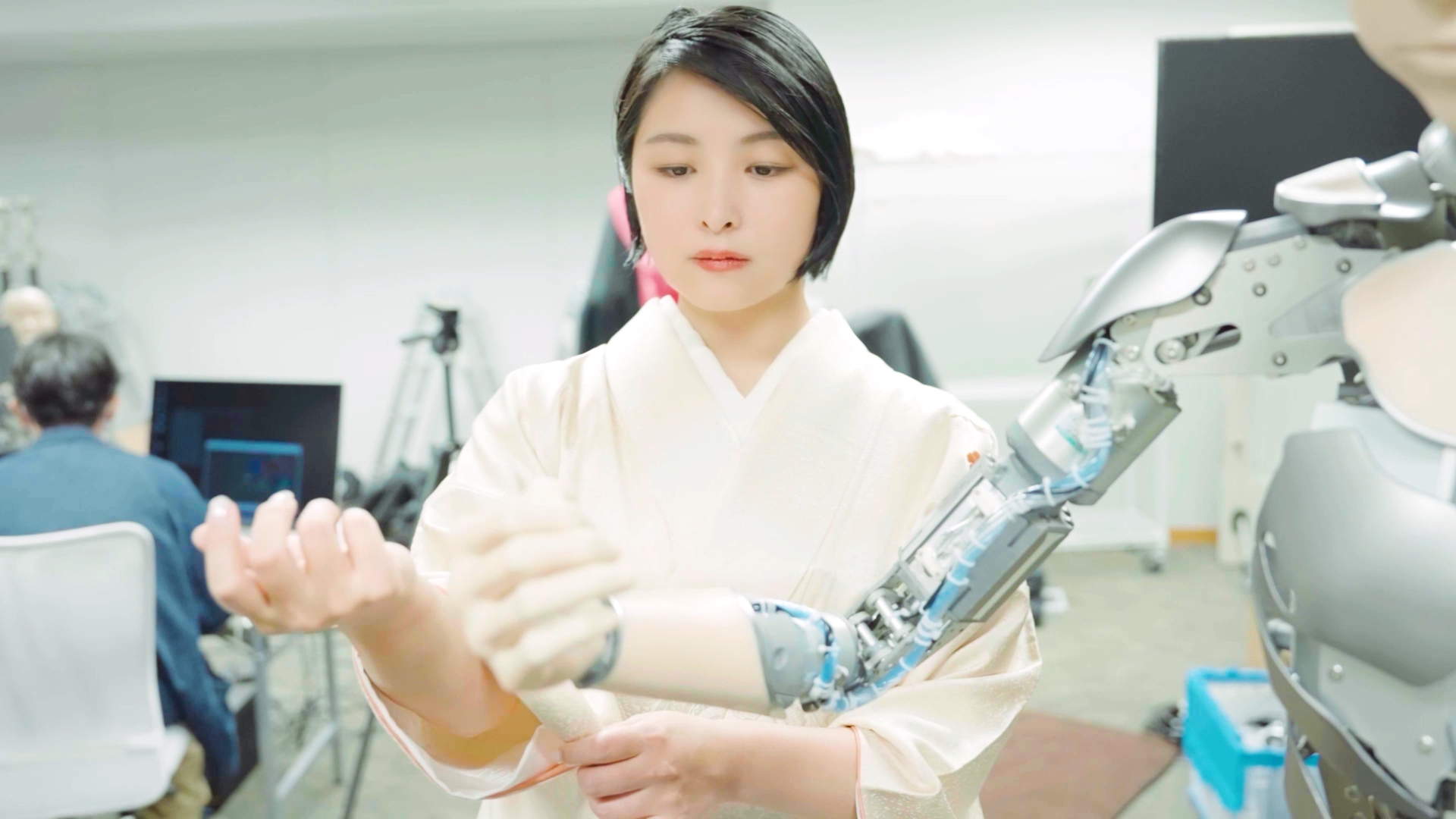“Future of Life” Creator’s Voice Vol. 7, Spotlight on KIKUCHI Akane – Androids Motion Designer for “Life 1000 Years in the Future: Mahoroba” and “50 Years in the Future”
KiQ Inc.
KIKUCHI Akane
Current job responsibilities
I work as a creative director and motion designer at a company called KiQ. We operate design firms in Los Angeles and Tokyo, and deploy a global team to handle the design and branding for all kinds of experiences. We also founded the laboratory called Shosa Lab, where we research a conception of shosa (motion) that encompasses human behavior and the movement of the heart. Amidst the crisis facing the survival of many Japanese cultural elements, I want to harness the sensibility of motion to promote the values of Japanese culture through the power of global creation. I believe the role of the motion designer will become increasingly important in the upcoming AI era, as it involves considering how uniquely Japanese motion and the movements of the heart can be embedded into interfaces.
Role in Future of Life/Responsibilities and duties at the Pavilion
For Zone 2, “50 Years in the Future,” I designed the behavior of the androids based on discussions with Professor ISHIGURO Hiroshi, the engineers, and each of the creators concerning how the android movements should look. And for Zone 3, “Life 1000 Years in the Future: Mahoroba,” I drew on my stance as a movement professional to incorporate the concepts of how to make the androids appear human-like and how human beings of the future might behave.
Feelings on the Pavilion, the exhibits, and the product concept
Having previously collaborated with Professor Ishiguro on joint research and android movement development, I felt that this project represented a worldview that was truly an extension of our previous experiences. Based on the consistent themes in Professor Ishiguro’s philosophy, I was able to envision the future to an even greater degree, and it was incredibly exciting.
Memorable impressions from associating with Producer ISHIGURO Hiroshi
What makes humans human? What is the human heart? These are questions that are uniquely core to Professor Ishiguro’s explorations and ideas that one rarely considers in everyday work. He shared these inquiries with us, and through that, we shaped them into the format of the Pavilion together. And through visitors resonating with and experiencing it, I feel we’ve finally glimpsed something close to an answer.
Commitments
Given that Expo attracts a diverse crowd from different countries, generations, and professions, I was committed to making android motion design universal. I worked to incorporate into all of the body movements the kind of behavior people of all races would find beautiful, in a way that could envision all cultural spheres. Sharing these concepts with the engineers and directing them was challenging, but I’m delighted to have received positive feedback from many people.
Challenges and innovations
Since some members on this project were unfamiliar with the concept of shosa, I began by sharing the desired vision. Then, I acted as if I were an android myself, explaining in a live commentary style, “This scene evokes this feeling, so I’ll express it with this kind of movement.” This allowed us to translate emotional waves into physical actions. By repeating this process multiple times, we refined the android’s motions and behaviors.
New discoveries
Until now, many people may have viewed androids as a mere spectacle or a tool that obeys human commands—something slightly below human status. However, I believe this Pavilion offers a chance to experience how robots and humans can evolve together, which represents a truly novel discovery on a global scale. It is my wish that the creativity and “technology that does not feel like technology” showcased in the Pavilion will become benchmarks for the future, and will endure as a legacy, serving as educational material for the generation that will shape tomorrow.
Lessons learned from the project
Working with so many people to create a single Pavilion, I found it very challenging, and ultimately a learning experience, to maintain quality while co-creating with others, especially as I was responsible for the element of shosa that shapes identity and behavior. Now that it’s complete, I’m very relieved.
Highlights not to be missed
The scene I put the most effort into is the train scene. I worked hard to make the android boy’s behavior feel immersive as he enjoys the train experience with visitors, so I really hope everyone will observe that. Also, the final scene was created by top-tier creators coming together to craft something no one has ever seen before. I believe it offers a glimpse into the beautiful, fantastical future of humanity, so my wish is that everyone pays close attention to it. Throughout the entire Pavilion, the androids exist as an extension of humanity. I hope everyone enjoys androids not as machines, but as living beings.
